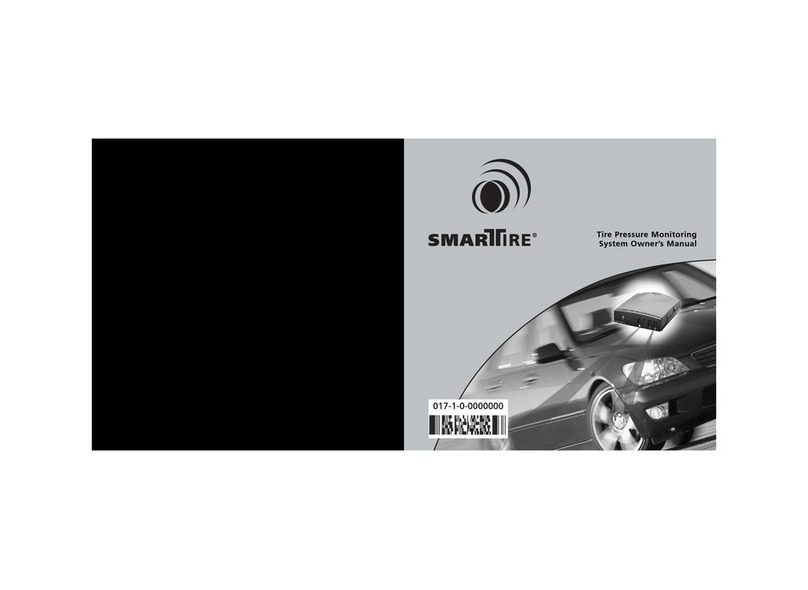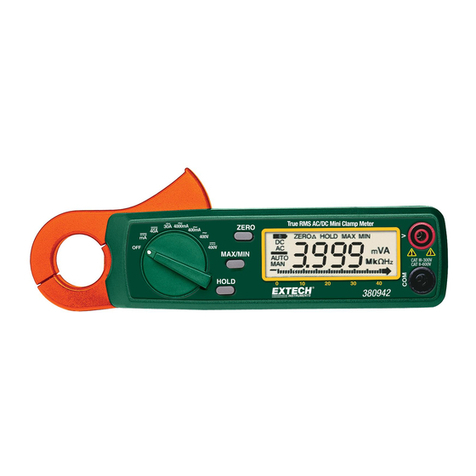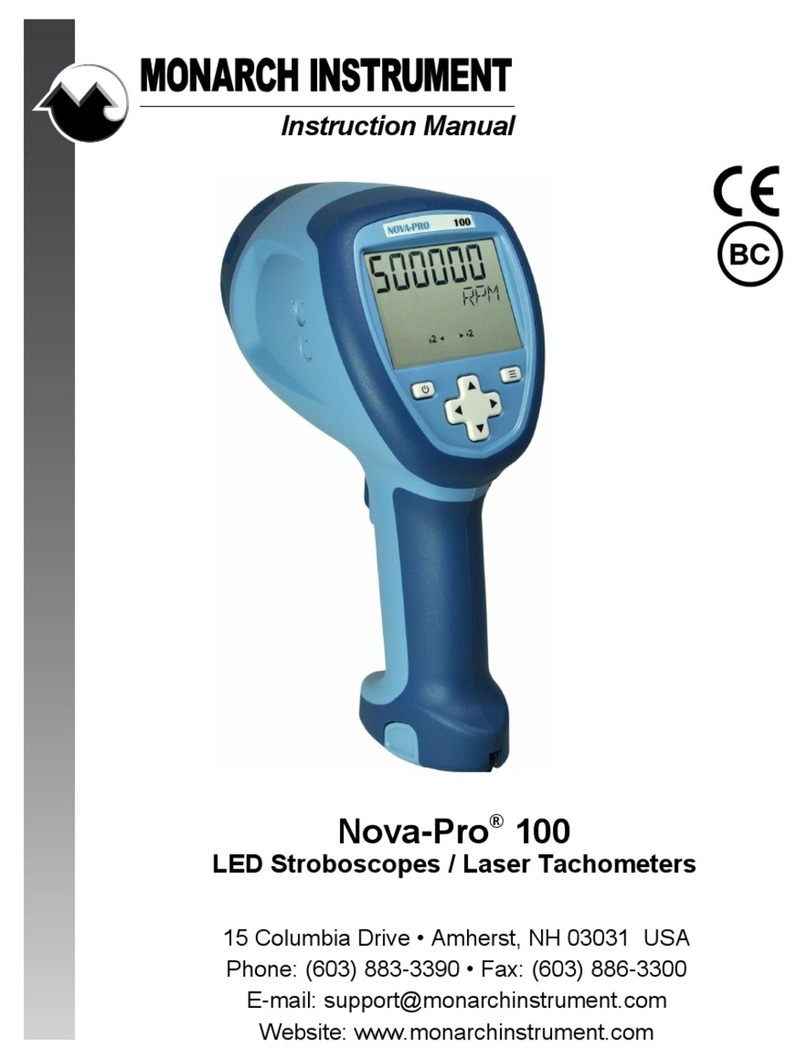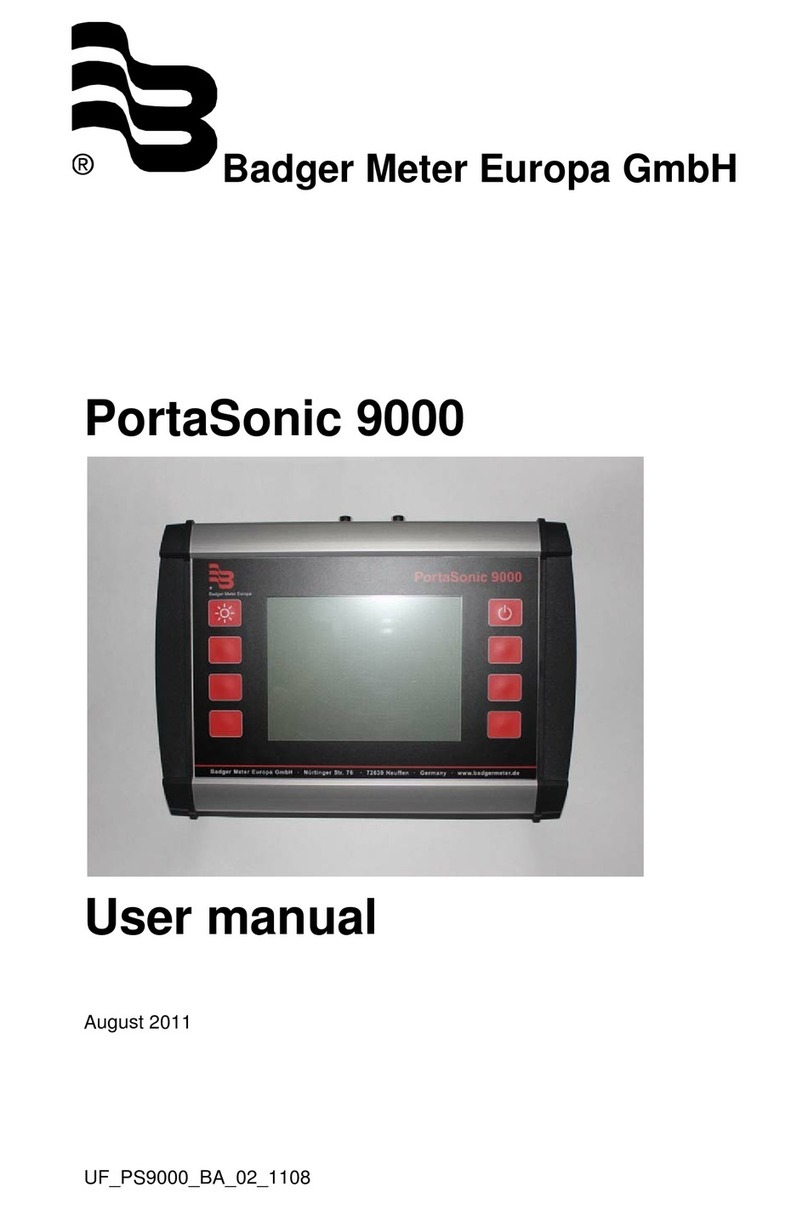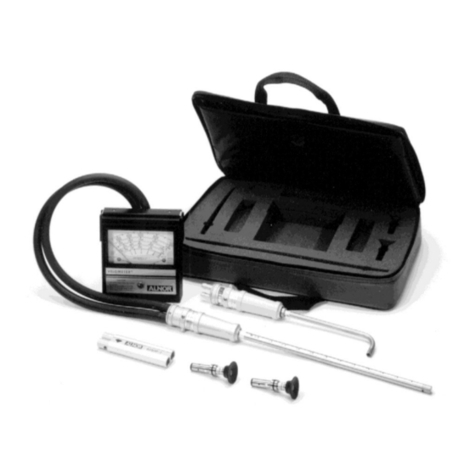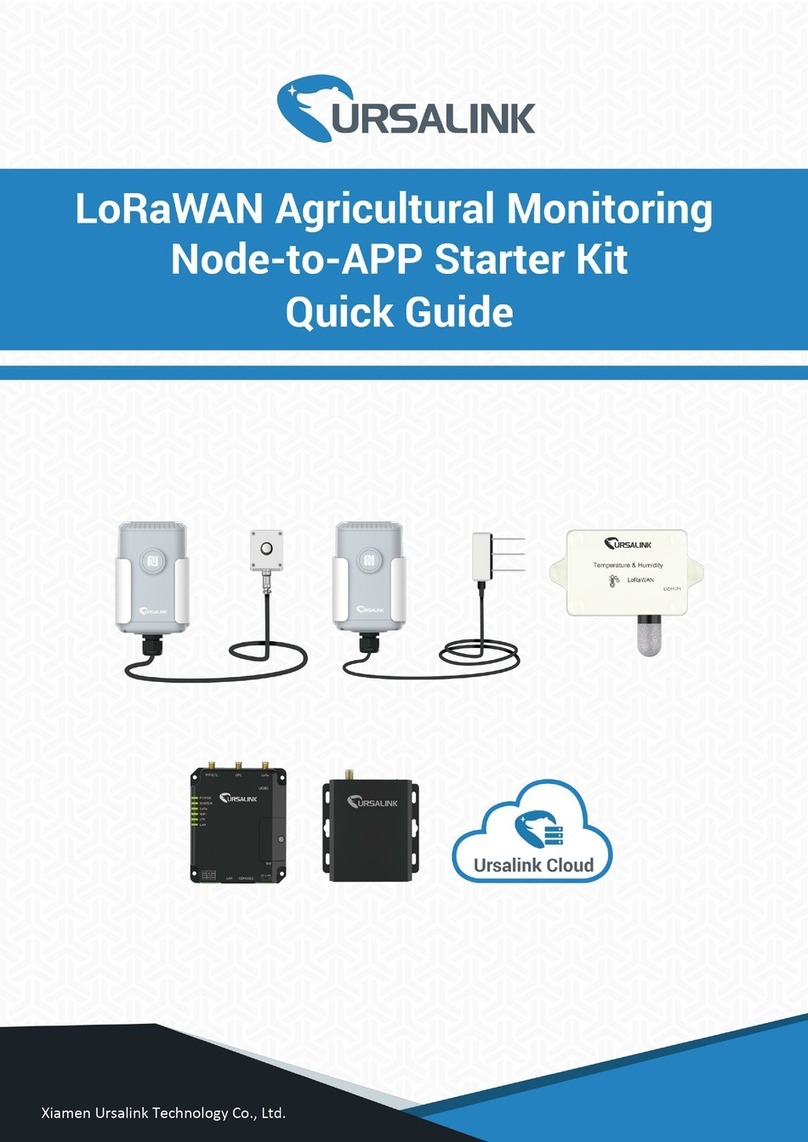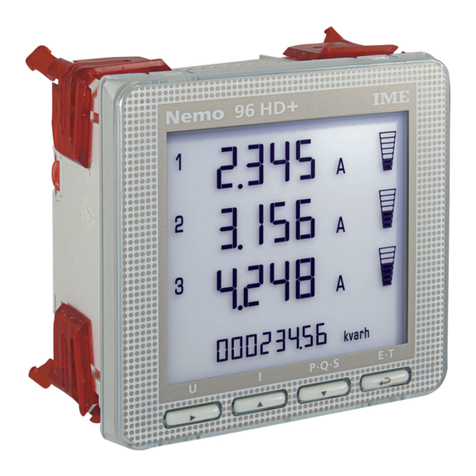SmarTire RV User manual

1
RV
Section 1: System Overview
Section 1.0

2
What does SmarTire RV Do?
What does SmarTire RV Do?
SmarTire RV is an active tire pressure and temperature
monitoring system designed specifically for recreational
vehicles. At the push of a button, the system provides the
driver with real-time tire pressure and temperature
information – even when the vehicle is in motion.
To warn the driver of an under inflated tire before it becomes
dangerous, SmarTire RV provides 3 tire alerts:
Section 1.1

3
What does SmarTire RV Do?
What does SmarTire RV Do?
The Pressure Deviation Alert is the
first warning of an under inflated tire.
If the measured pressure inside a tire
is different than what the pressure is
supposed to be (SmarTire uses the
cold inflation setting and the
Pressure Deviation Alert
measured temperature of a tire to calculate the proper
pressure), the driver is alerted to the condition with a flashing
warning light and an audible alarm. This temperature
compensation calculation enables the SmarTire to provide a
warning of pressure loss even when tires are warm.
The default setting triggers the alert when a tire is 10 PSI under
or over inflated. This setting can be customized by the user.
Section 1.1

4
What does SmarTire RV Do?
What does SmarTire RV Do?
The Critical Low Pressure Alert
warns the driver when a tire’s
pressure falls below a fixed, user
defined pressure level. This audible
and visual warning is intended to
alert the driver to a critical tire
Critical Low Pressure Alert
condition in order for them to take immediate precautions.
Unlike the Pressure Deviation Alert, the Critical Low Pressure
Alert does not use a temperature compensation calculation. As
such, if a tire’s pressure falls below the default setting (10 PSI
below the cold inflation pressure), the tire truly is critically
under-inflated and should be addressed immediately.
Like the Pressure Deviation Alert, the default settings for the
Critical Low Pressure Alert can be customized by the user.
Section 1.1

5
What does SmarTire RV Do?
What does SmarTire RV Do?
The High Temperature Alert warns
the driver when a tire’s temperature
exceeds a preset threshold. The
default setting for the 4 wheel
preconfigured kits is 176°F (80°C)
and 195 °F (90°C) for 6 and 8
wheel kits.
High Temperature Alert
High tire temperatures are typically caused by under-inflation
and the SmarTire system will usually provide a Pressure
Deviation Alert and a Critical Low Pressure Alert well in
advance of a High Temperature Alert. If triggered on its own,
the High Temperature Alert can be an indication of an
alternative problem such as a dragging brake or a bearing
failure. Like the other two alerts, the default high temperature
setting can be customized by the user.
Section 1.1

6
What does SmarTire RV Do?
What does SmarTire RV Do?
With SmarTire on board, RV owners will have peace-of-mind
knowing that their tires are constantly monitored and rolling
smoothly.
The Benefits of SmarTire RV are:
• Reduce accident risk
• Avoid inconvenience
• Increase fuel economy
• Extend tire life
Section 1.1

7
Core System Components
Core System Components
Section 1.1

8
1. Sensors mounted on the surface of the wheels using stainless steel straps
measure internal tire pressure and temperature. This information along with a
unique identification number is wirelessly transmitted to a receiver mounted
in the vehicle.
How does SmarTire RV Work?
How does SmarTire RV Work?
Section 1.2

9
2. Pre-programmed with the unique ID numbers of each sensor on the
vehicle, the receiver picks-up the wireless signals sent by the sensors
using antennas located on the underside of the vehicle.
How does SmarTire RV Work?
How does SmarTire RV Work?
Section 1.2

10
3. The real-time tire information is available to the driver using a dash
mounted display. At the push of a button, the driver will receive an
update on the pressure and temperature condition of their tires. If a tire
problem is detected, they will be instantly alerted to the tire condition by
a flashing red light and an audible alarm.
How does SmarTire RV Work?
How does SmarTire RV Work?
Section 1.2

11
4. The receiver can monitor up to 20 wheel positions and is able to monitor
both an RV and a towed vehicle or trailer.
How does SmarTire RV Work?
How does SmarTire RV Work?
Section 1.2

12

13
RV
Section 2: Pressure Temperature
Relationship
Section 2.0

14
This Section will describe the affect of temperature on tire
pressure. When complete, you will understand the following
concepts:
Section 2 Overview
Section 2 Overview
• Cold Inflation Pressure (CIP) specifications
• Tire pressure/temperature relationship
• Thermal Equilibrium
• “Temperature Compensated” pressure information
• Slope Values
Section 2.0

15
We all know that vehicle and tire manufacturers specify that tire
pressures should be checked and adjusted when a tire is “cold”,
but most of us may not know why, or even what a “cold tire” is.
The temperature of a tire actually has a significant impact on its
inflation pressure.
A tire is considered to be “cold” when its temperature is 65°F
(18°C). The inflation values provided by vehicle manufacturers
(found in the vehicle’s owners manual and usually on the door
jam or in the glove box) are called ‘Cold Inflation Pressures’ (CIP)
because they represent the correct amount of pressure a tire
should be inflated to when it is “cold”. The reason that tires have
cold inflation pressures set at 65°F is because a tire’s pressure
will change relative to its temperature.
Setting Tire Pressures:
Setting Tire Pressures:
Pressure Temperature Relationship
Pressure Temperature Relationship
Section 2.0

16
Air naturally expands when heated and contracts when cooled.
Inside a contained vessel such as a tire, this expansion and
contraction causes a change in contained air pressure. As a tire
heats up, its pressure will naturally increase and as it cools down,
its pressure will naturally decrease.
A tire inflated to a CIP of 105 PSI at 65°F will increase in pressure
to 125 PSI at 152°F and decrease in pressure to 97 PSI at 32°F.
As such, on days when the ambient temperature is higher than
65°F, the cold inflation pressure of a tire should be higher than
the value specified by the vehicle manufacturer. The opposite
applies for days when the ambient temperature is less than 65°F.
Setting Tire Pressures
Setting Tire Pressures
Pressure Temperature Relationship
Pressure Temperature Relationship
Section 2.0

17
On days when the ambient temperature is less than 65°F, it would
be reasonable to assume that the pressure in a properly inflated
tire should be less than the manufacturer’s recommended CIP.
This is not actually the case.
Tire manufacturers never recommend inflating a tire to less than
the specified cold inflation pressure. The beads of a commercial
tire can unseat if its pressure gets too low resulting in a
catastrophic tire failure. The general rule of thumb is to inflate a
tire to a proportionately higher CIP value when the ambient / tire
temperature is hotter than 65°F (18°C) and to the r ecommended
CIP value at temperatures below 65°F.
The chart on the following slide shows equivalent inflation values
for a series of cold inflation pressures at various temperatures.
Setting Tire Pressures
Setting Tire Pressures
Pressure Temperature Relationship
Pressure Temperature Relationship
Section 2.0

18
Temperature Comparison Chart
Temperature Comparison Chart
°F
32 55 60 65 70 75 80 85 90 95 100 105 110
°C
0 13 16 18 21 24 27 29 32 35 38 41 43
75
69 73 74 75 76 77 78 79 79 80 81 82 83
80
74 78 79 80 81 82 83 84 85 86 87 87 88
85
79 83 84 85 86 87 88 89 90 91 92 93 94
90
84 88 89 90 91 92 93 94 95 96 97 98 99
95
88 93 94 95 96 97 98 100 100 101 102 103 104
100
93 98 99 100 101 102 104 105 106 107 108 109 110
105
98 103 104 105 106 107 109 110 111 112 113 114 115
110
102 108 109 110 111 113 114 115 116 117 119 119 121
115
107 113 114 115 116 118 119 120 121 123 124 125 126
120
112 118 119 120 121 123 124 126 126 128 129 130 132
125
116 123 124 125 126 128 129 131 132 133 135 136 137
130
121
128
129
130
131
133
134
136
137
138
140
141
142
Recommended
Pressure (PSI)
Outside Ambient Temperature
Do not exceed maximum pressure capacity of the wheel. Consult wheel manufacturer.
Never inflate tires less than the recommended cold inflation
pressure, even when the ambient temperature is below 65°F (18°C).
Section 2.0

19
As a vehicle moves, its tires naturally heat up due to friction from
the road and the flexing of its side-walls. Weight, vehicle speed
and the inflation pressure a tire starts at, all have an impact on
how much and how quickly heat is generated.
As the tire generates heat, its pressure increases causing the
side-walls to stiffen. Less side-wall flexing and road resistance
combined with air rushing past the tire as the vehicle moves
effectively counteract the conditions that cause the tire to heat up.
As a result, the temperature increase tapers until the tire reaches
a point of balance called Thermal Equilibrium.
Thermal Equilibrium
Thermal Equilibrium
Section 2.0

20
Tire “Thermal Equilibrium” is the point where the heat being
generated is equal to the heat being dissipated. Tires are
designed with the principles of temperature and pressure in mind
in order for them to achieve Thermal Equilibrium.
Once a properly inflated tire reaches Thermal Equilibrium, it will
operate at its peak; providing the best performance, handling, tire
life and fuel economy.
Thermal Equilibrium
Thermal Equilibrium
Section 2.0
Table of contents
Other SmarTire Measuring Instrument manuals
Popular Measuring Instrument manuals by other brands
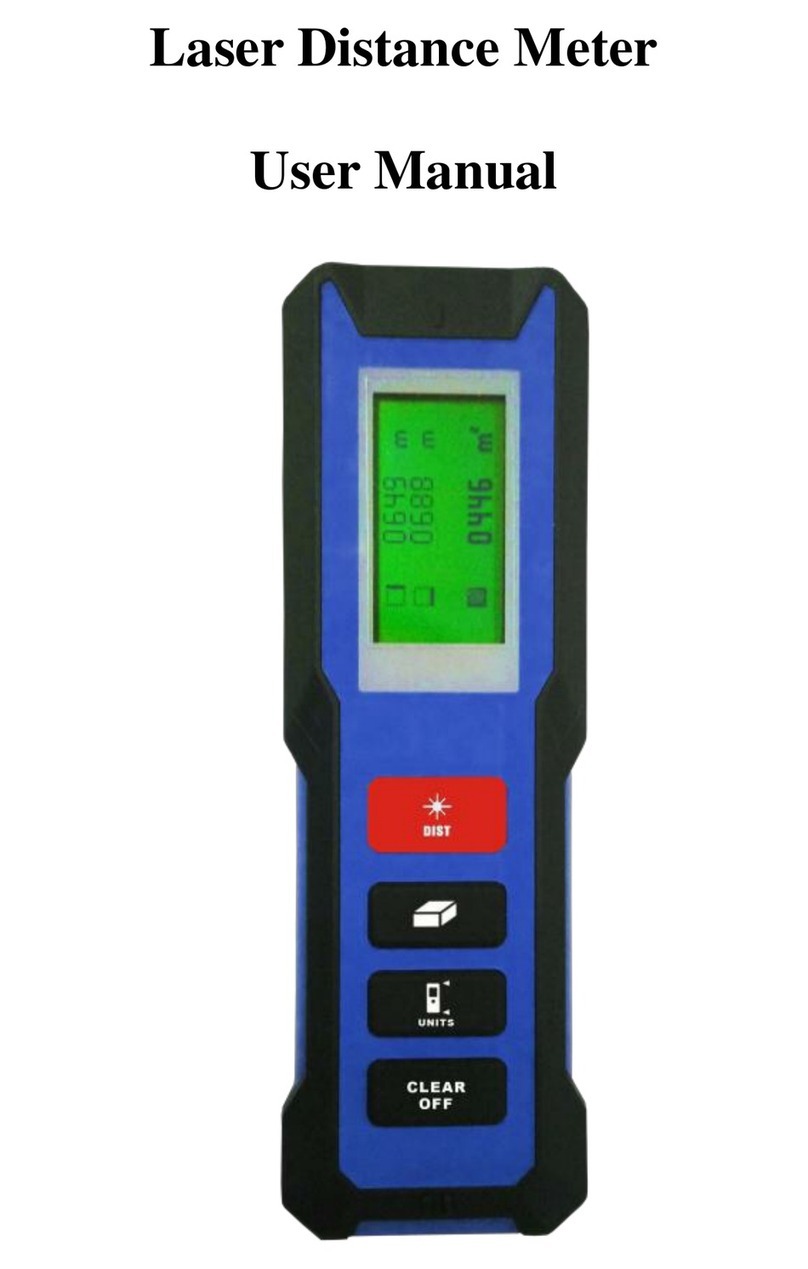
Micron
Micron T2252 user manual
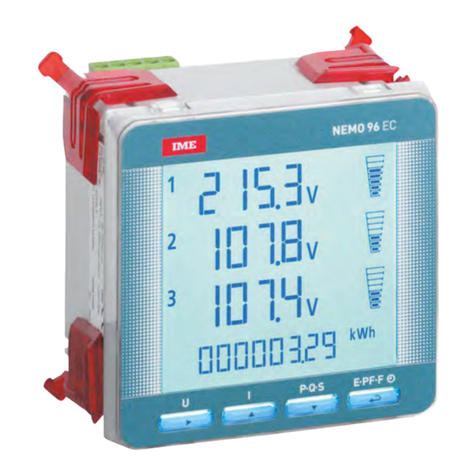
LEGRAND
LEGRAND IME NEMO 96 EC installation manual
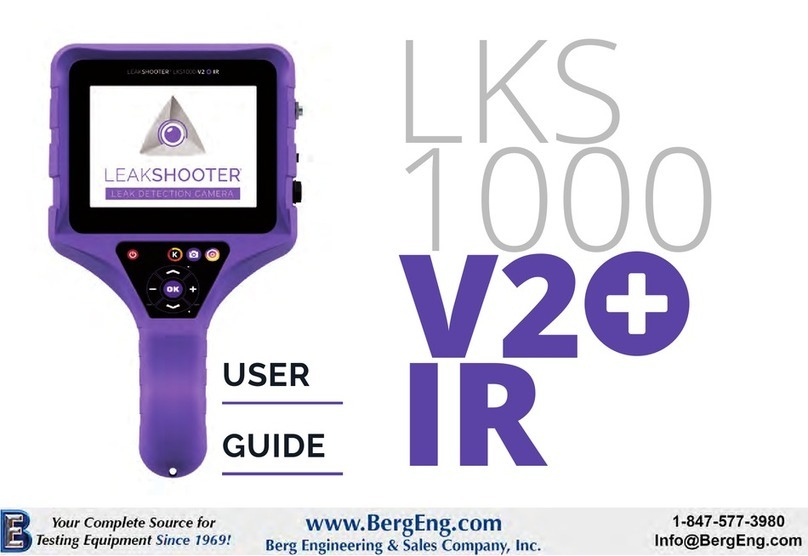
Berg Engineering & Sales Company
Berg Engineering & Sales Company LEAKSHOOTER LKS1000 V2+ IR user guide
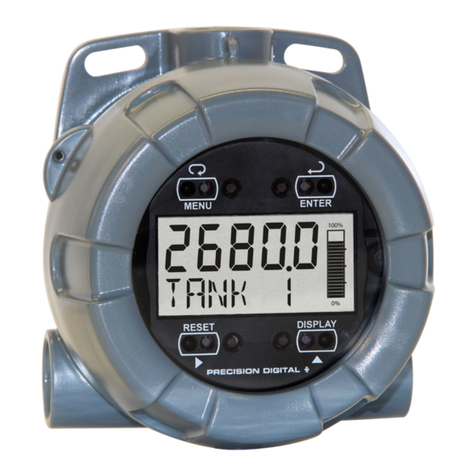
Precision Digital Corporation
Precision Digital Corporation vantageview PD6700-0L1 instruction manual

Isspro
Isspro EV2 installation instructions
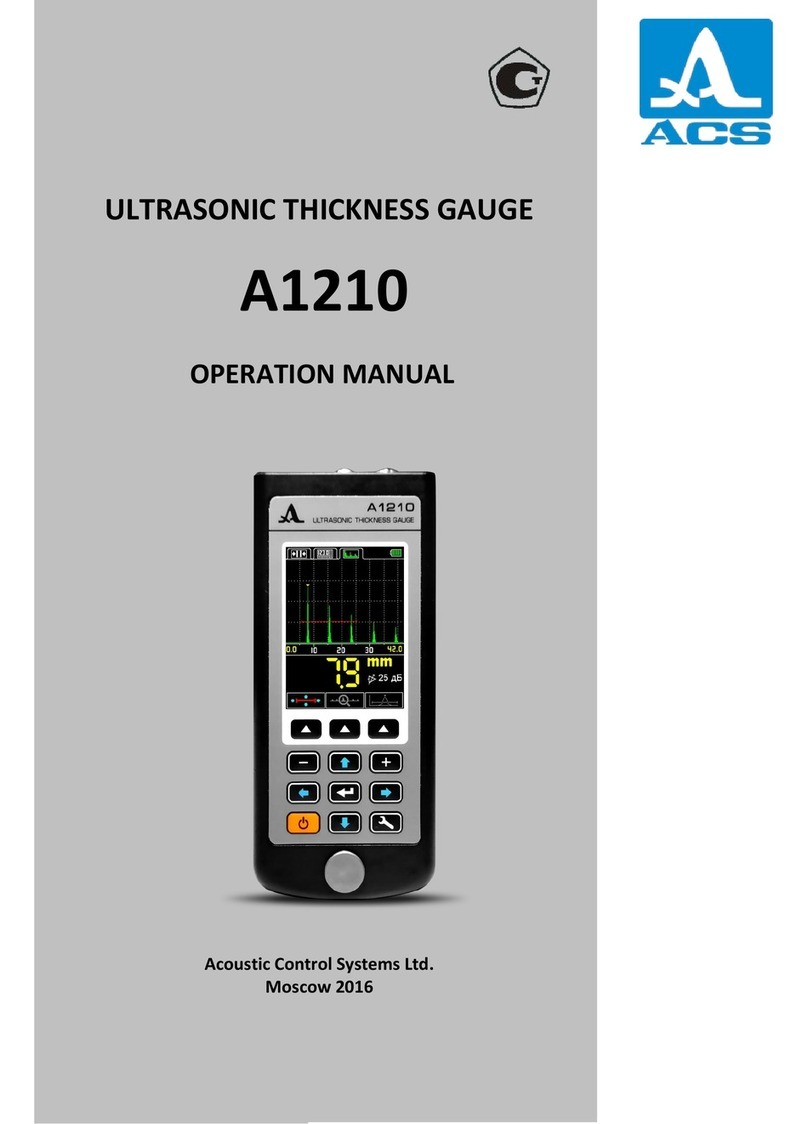
ACS
ACS A1210 Operation manual
